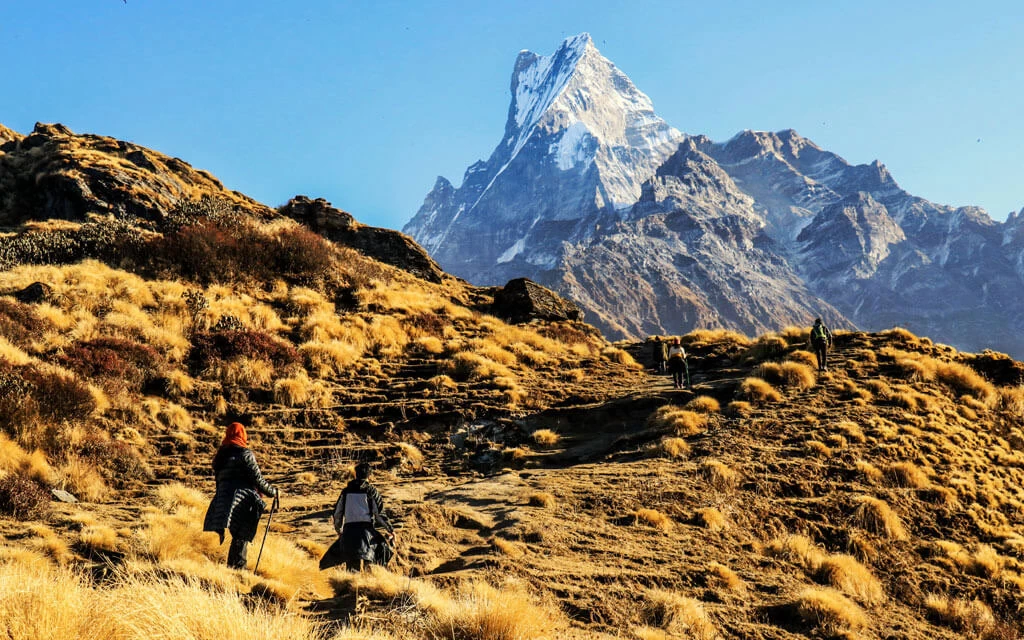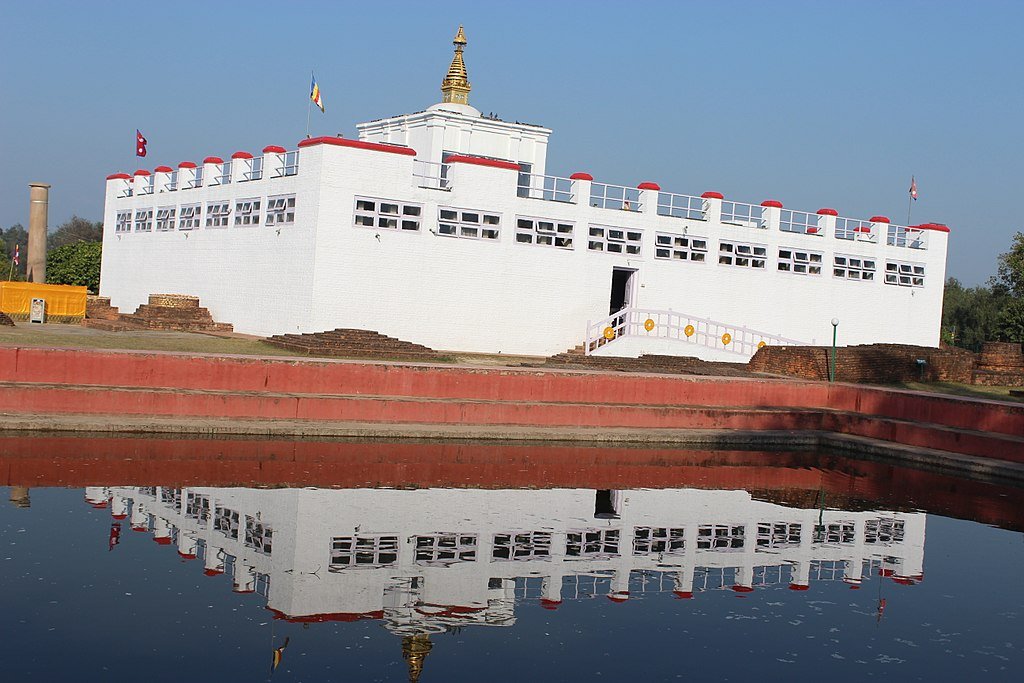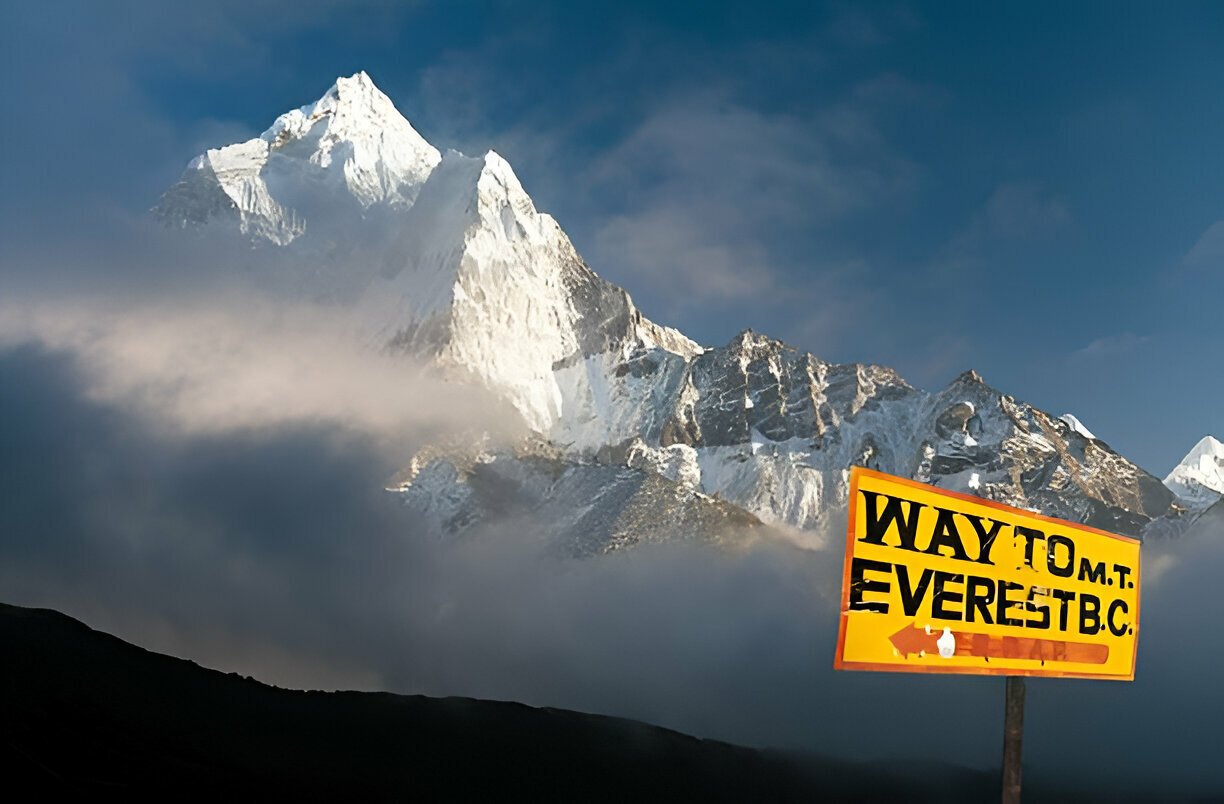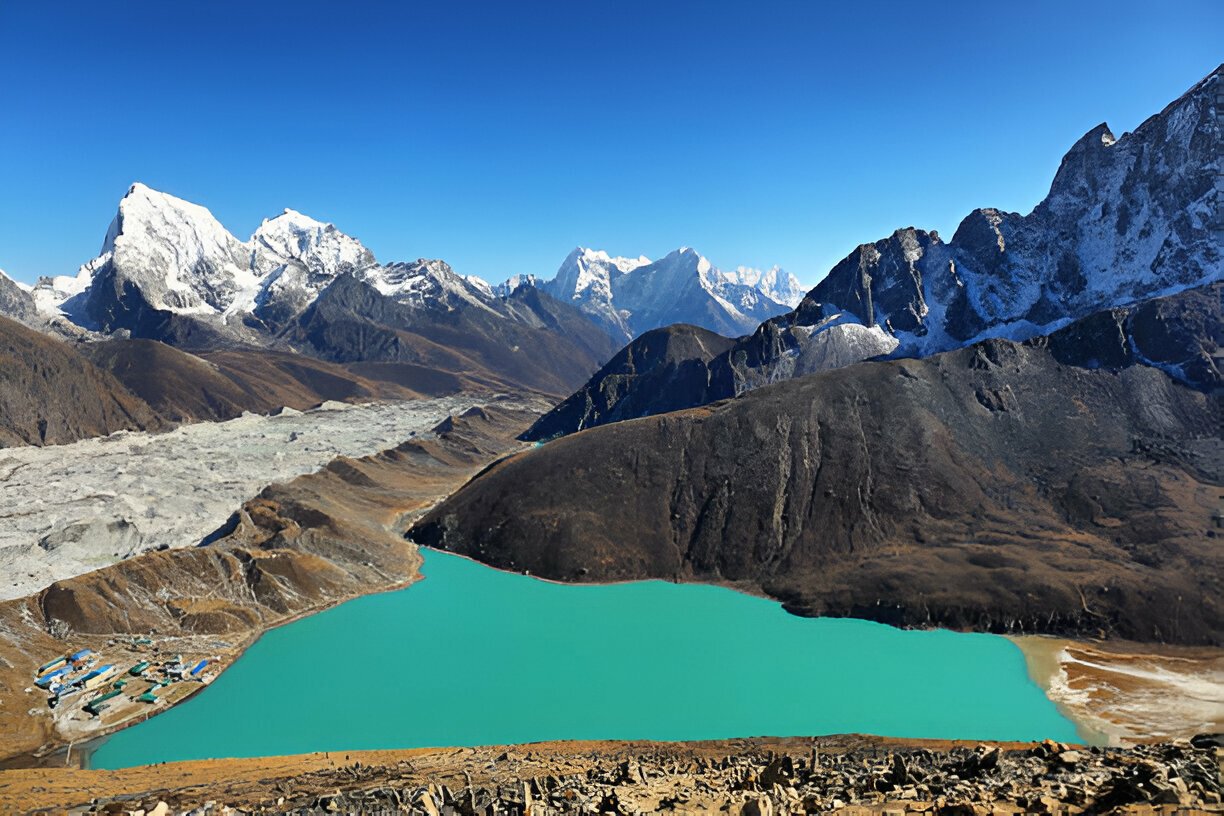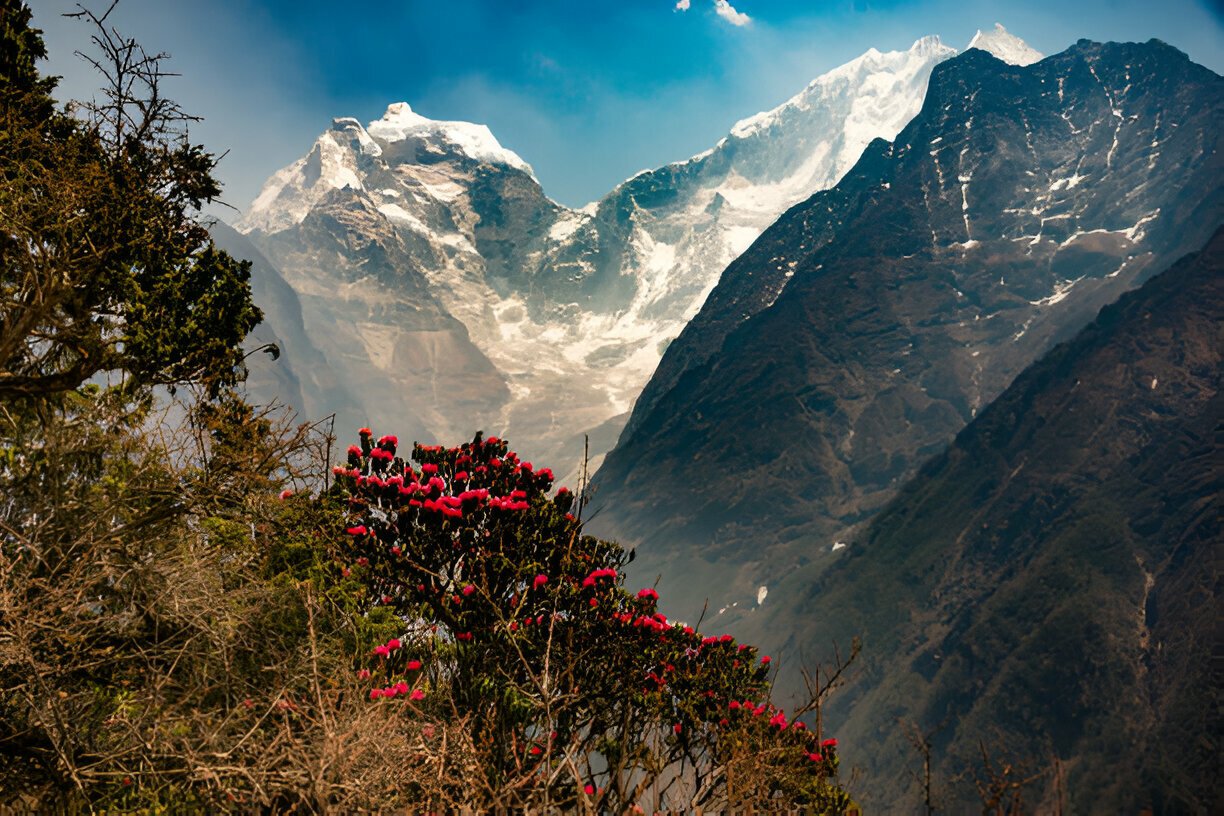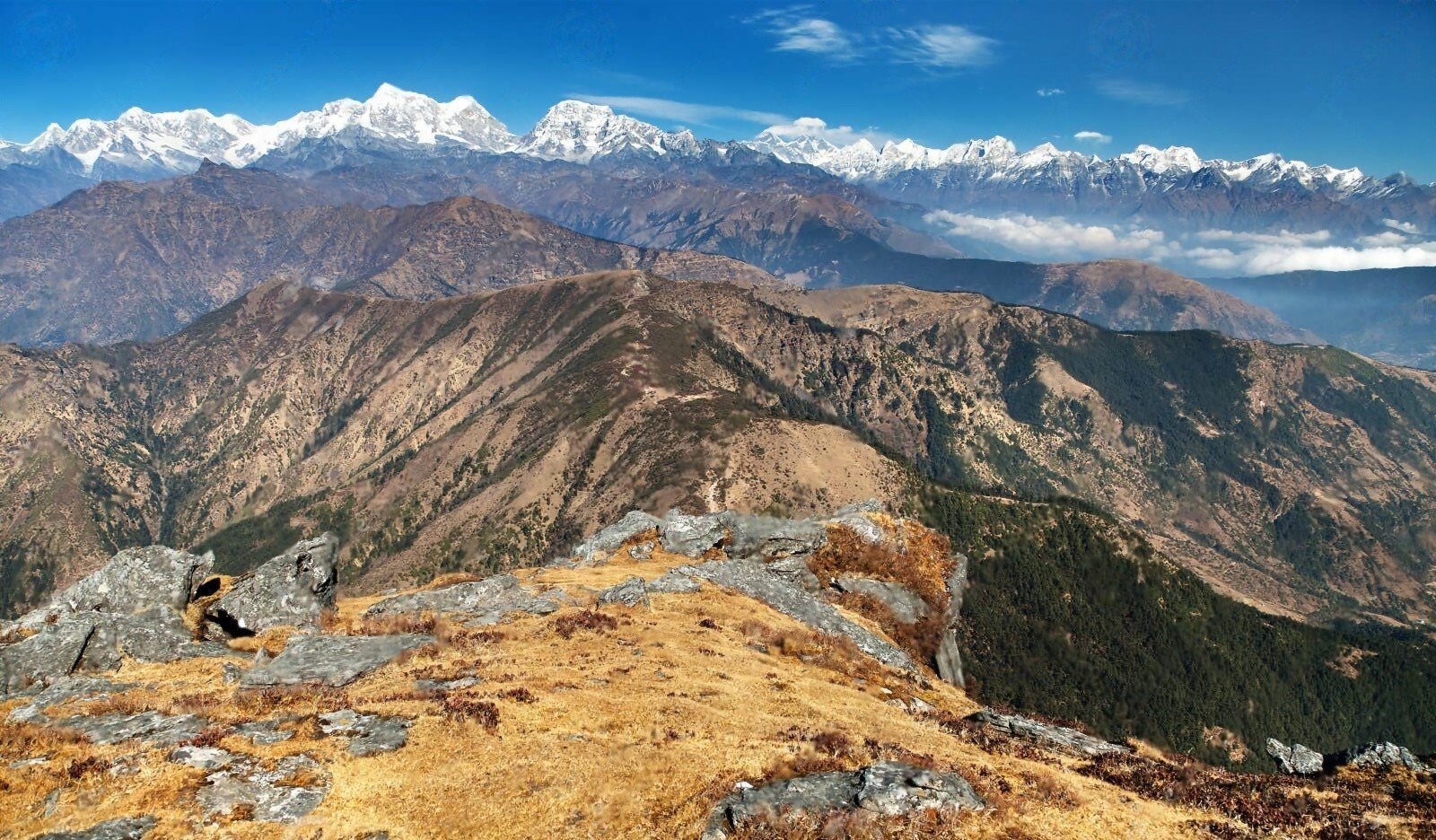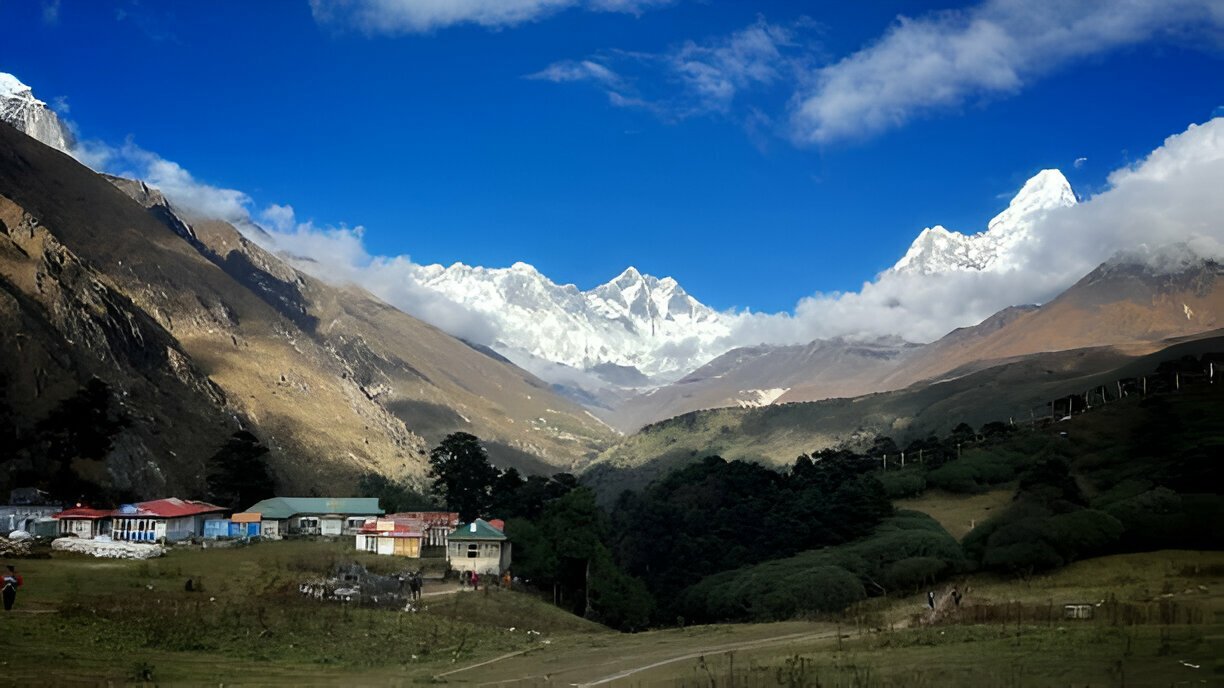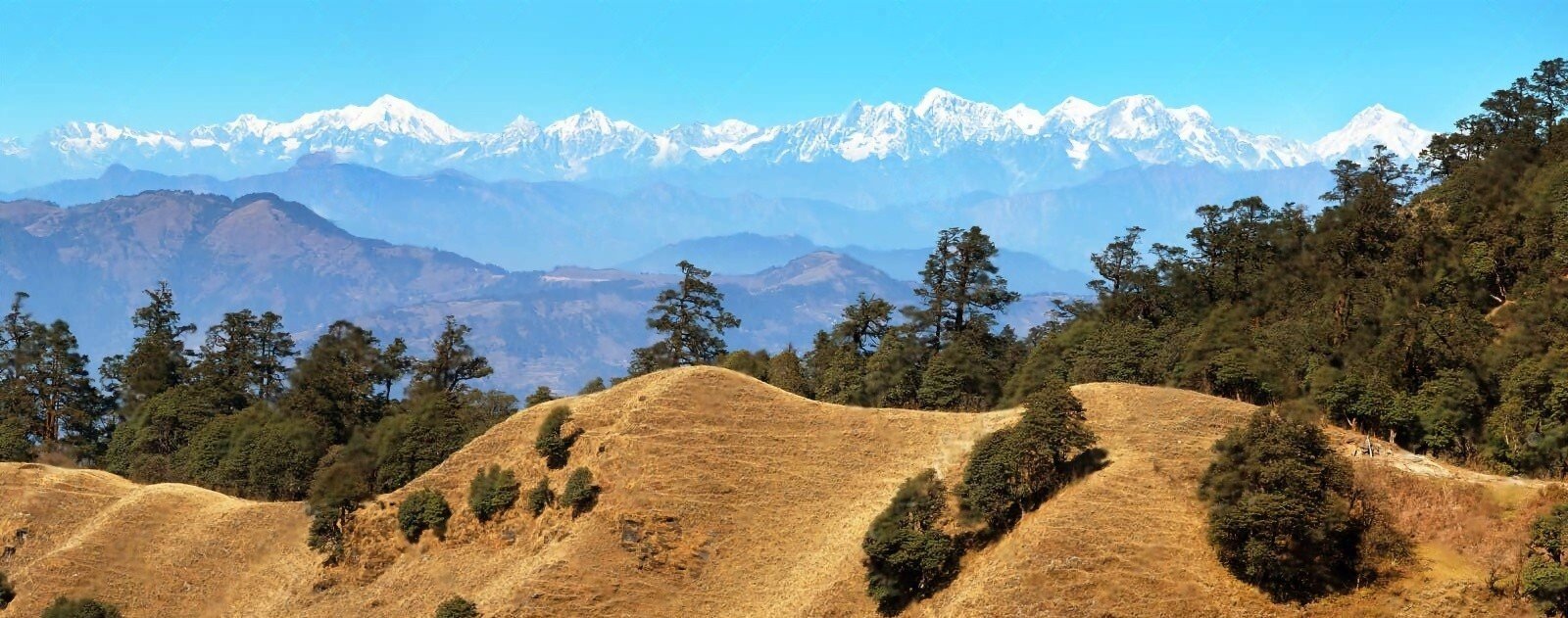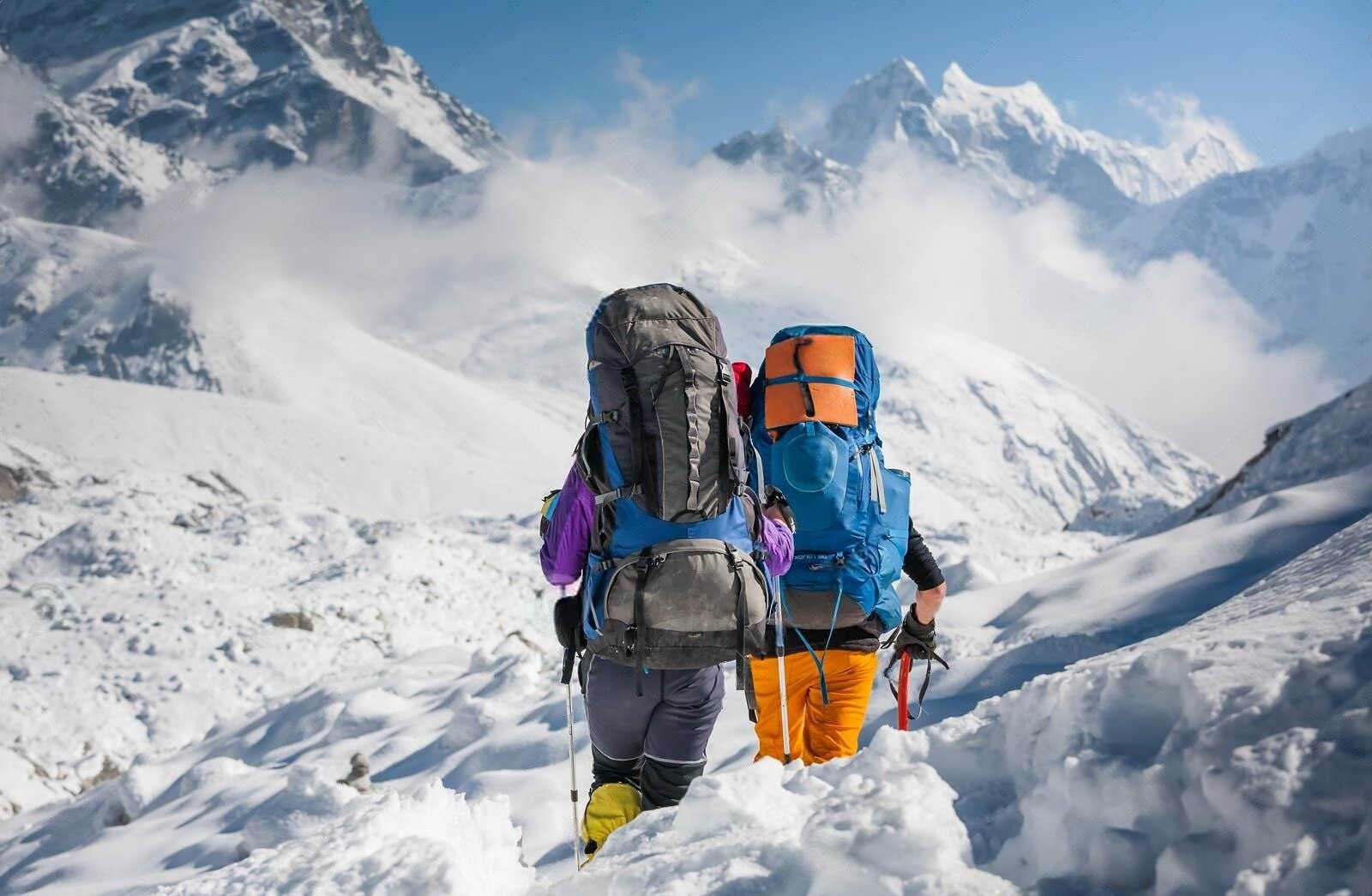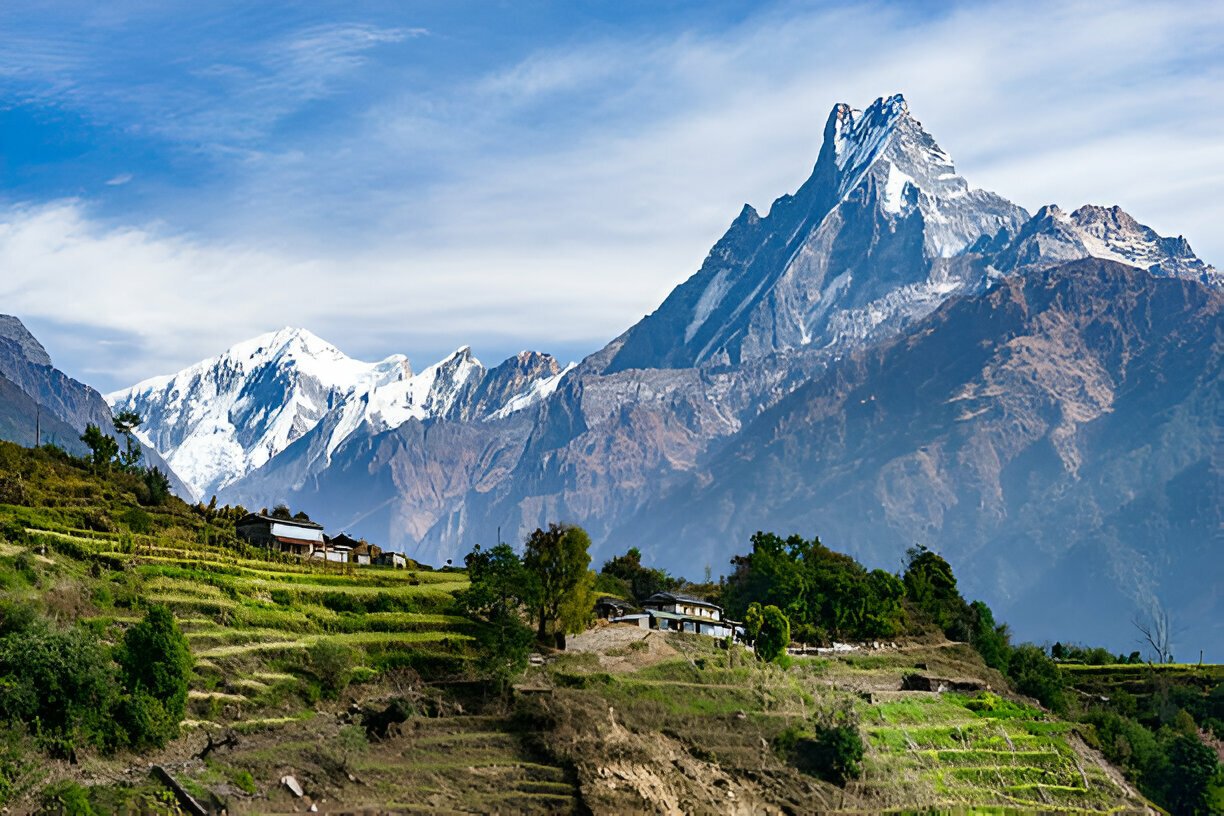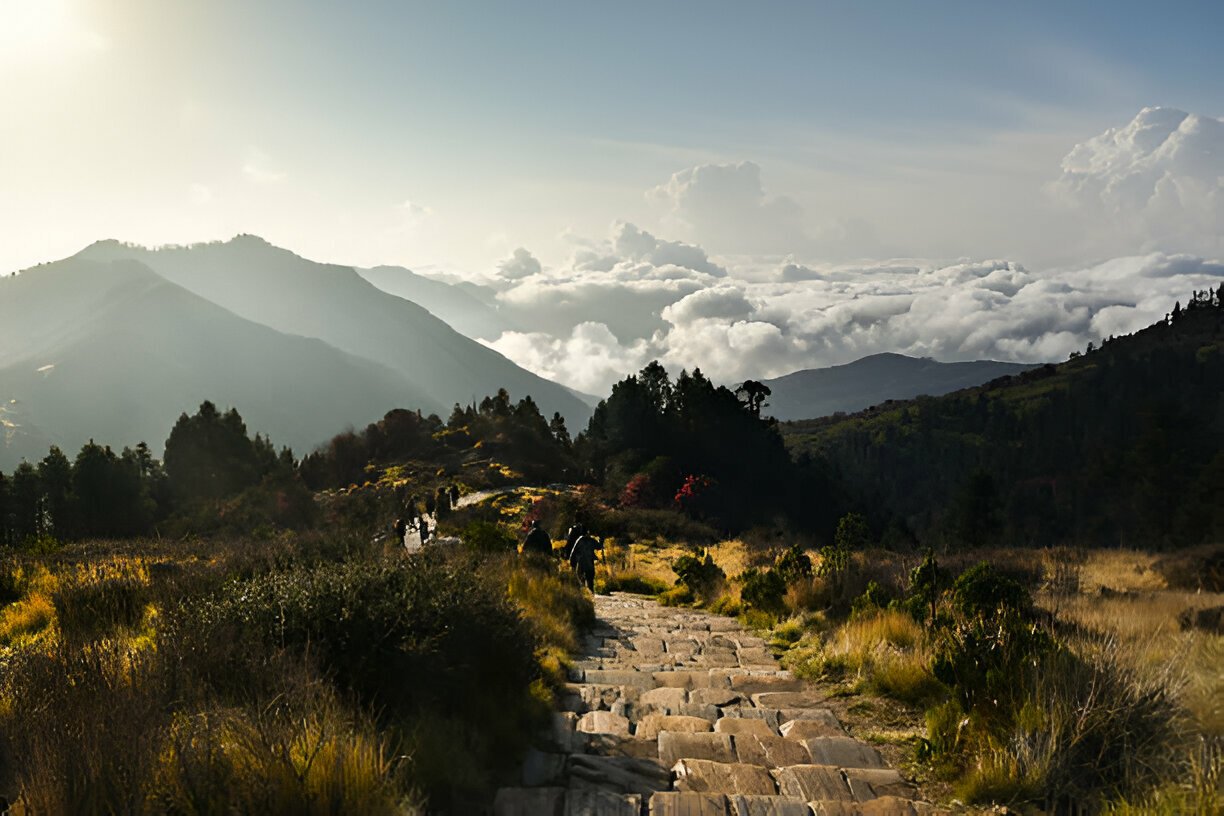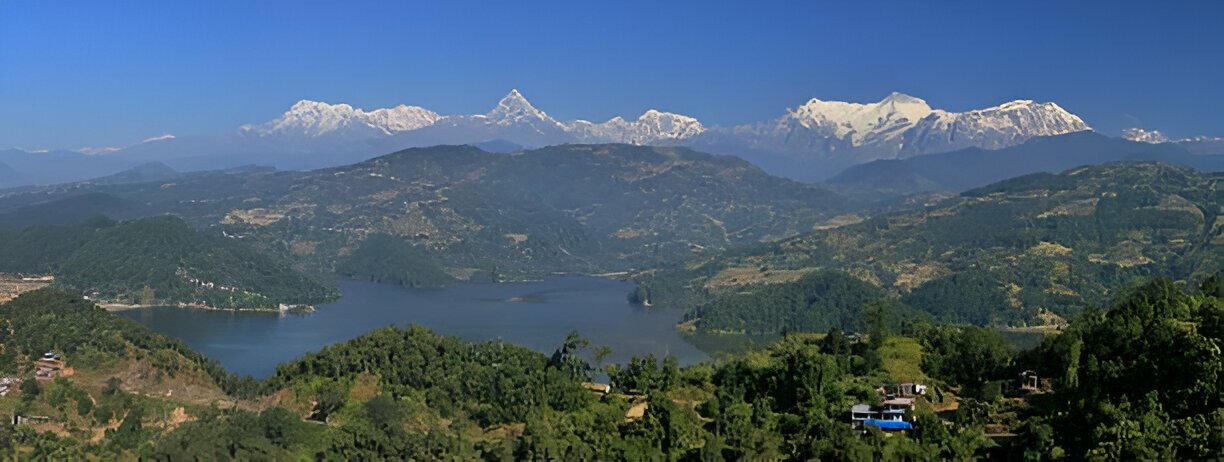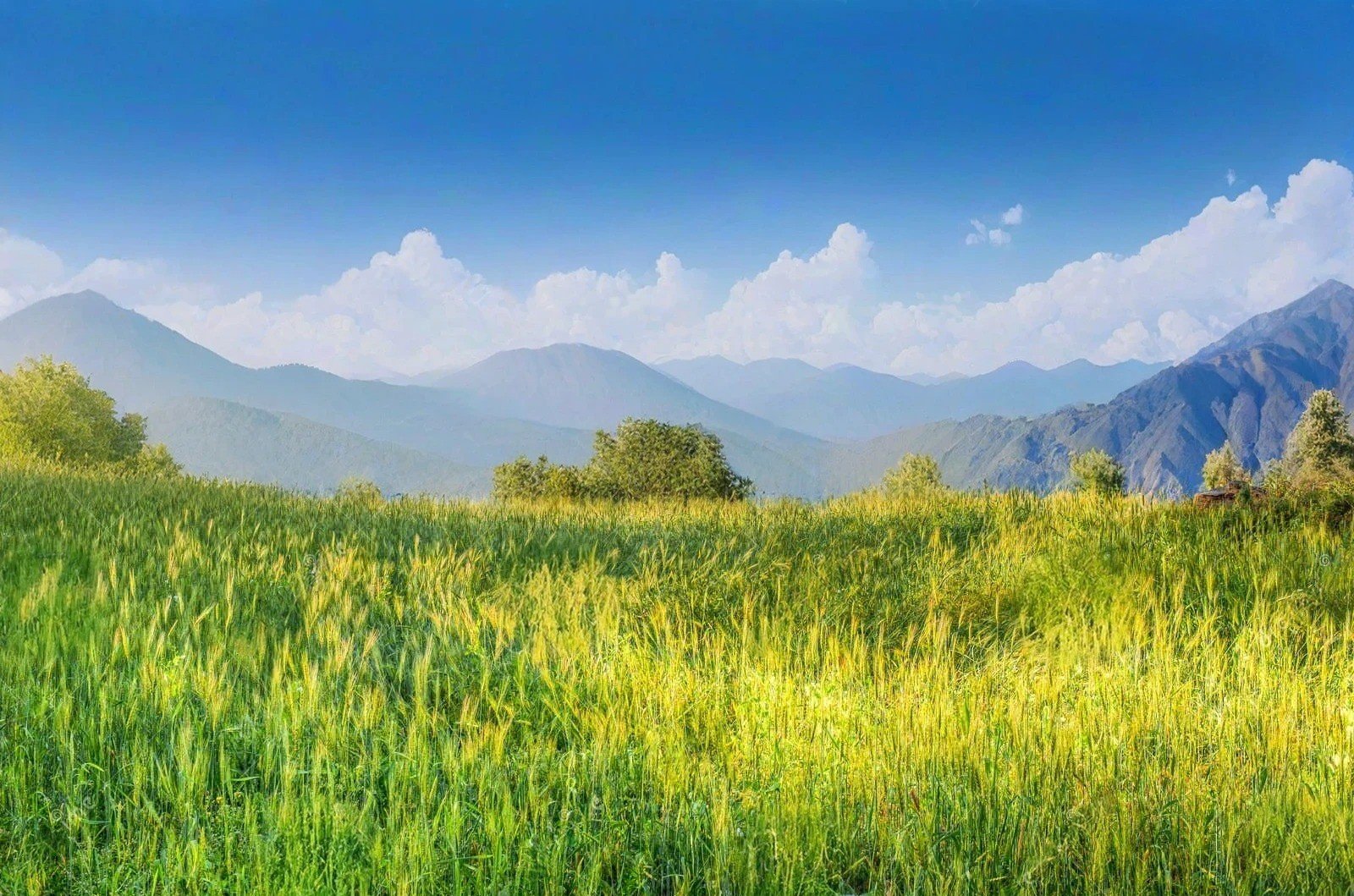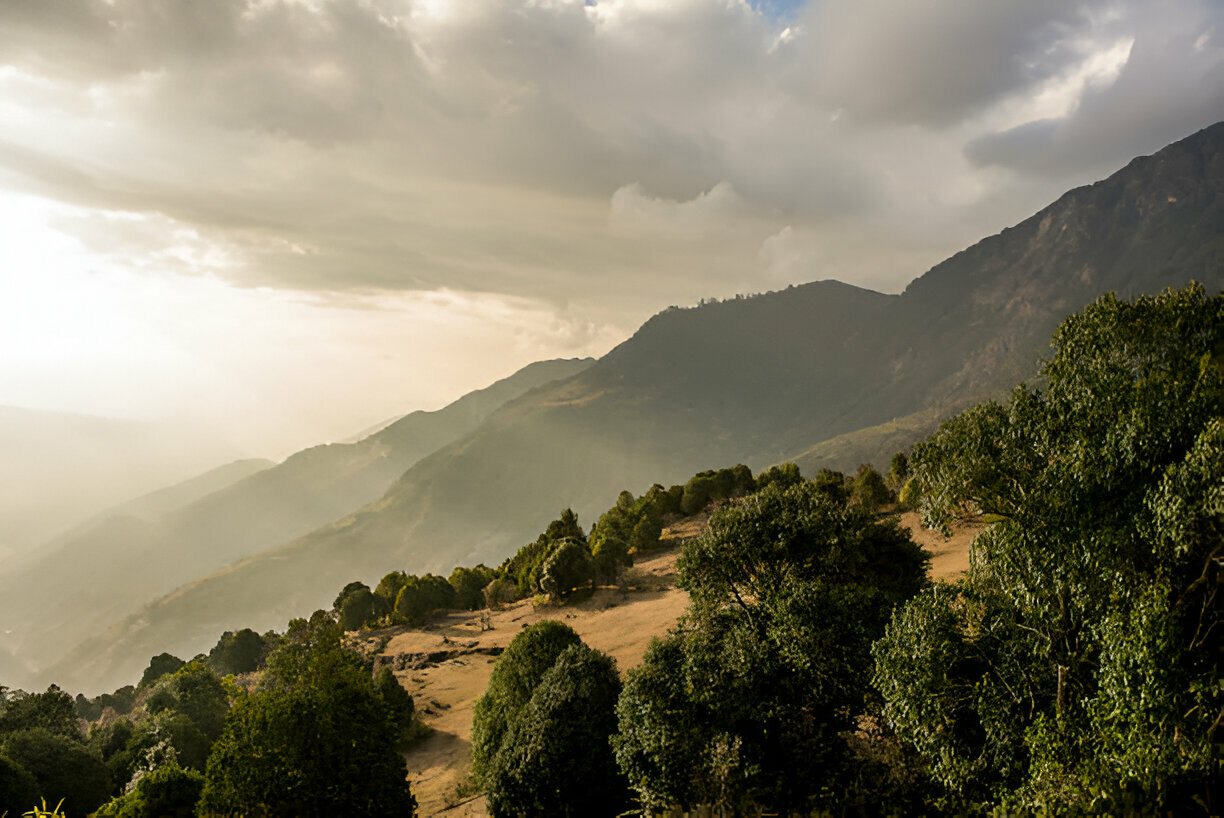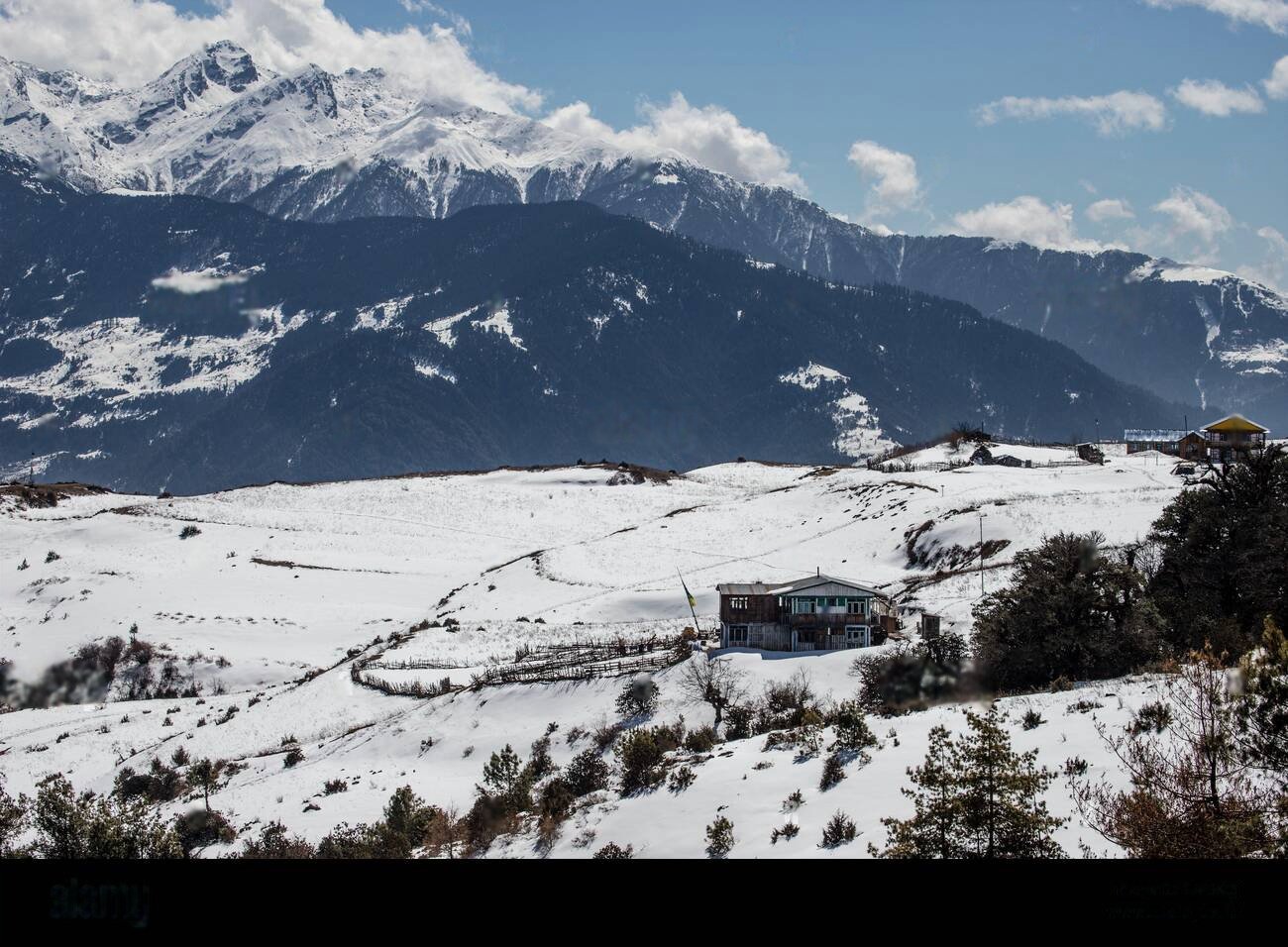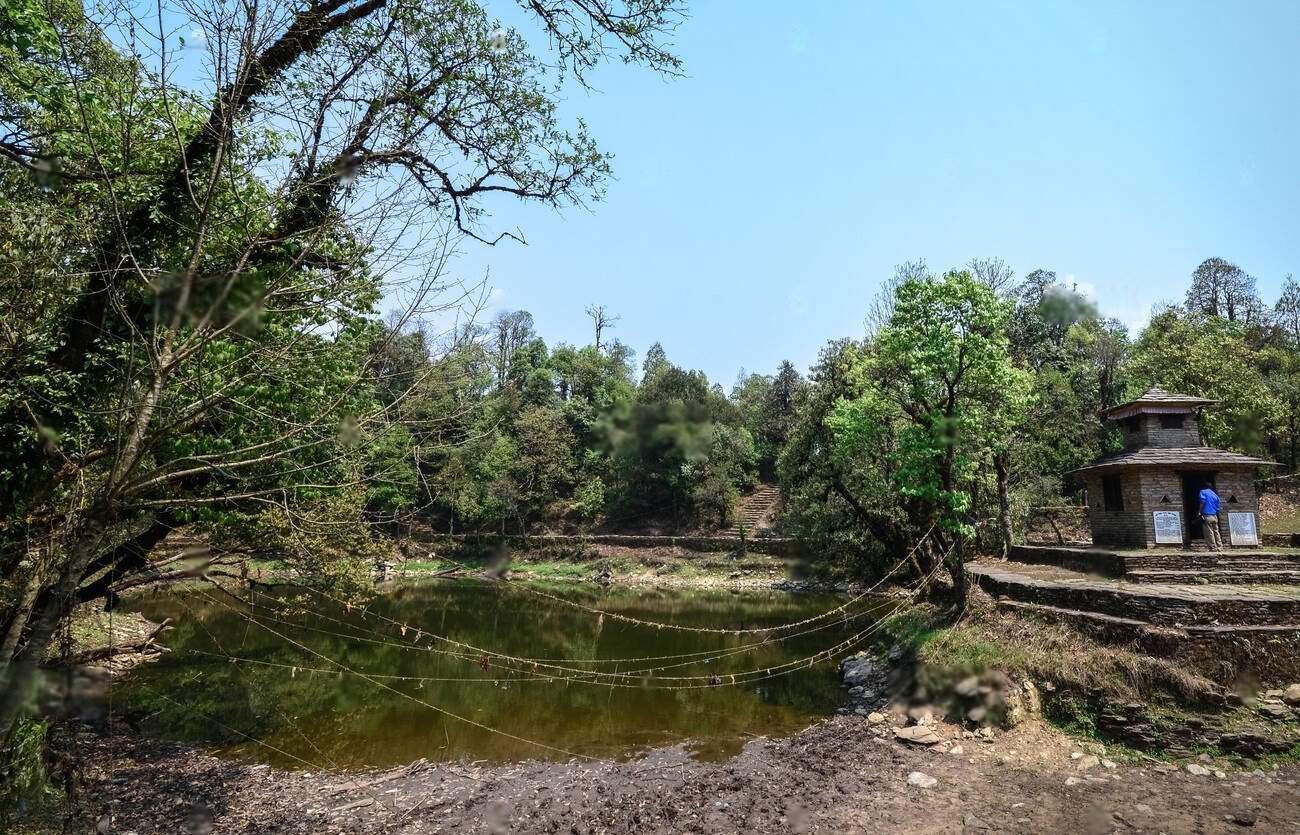You’ve seen nature, but have you felt it shake you to your core?
Have you stood so close to a Himalayan giant that the wind off its glacier whispered through your soul?
Most travelers from foreign dream of adventure — but end up on crowded trails, in places that feel more curated than raw. That’s not the case here.
The Annapurna Region is wild, real, and utterly unforgettable.
It’s where you trade Wi-Fi bars for starlit silence.
Where you climb through rhododendron forests, walk past waterfalls and yak pastures, and wake up surrounded by 8,000-meter peaks.
Feeling stuck in the cycle of everyday life? This isn’t just a trek — it’s a reset.
Come walk the Annapurna Base Camp trail, cross the mighty Thorong La Pass, or discover hidden gems like Mardi Himal.
You don’t need to be a hardcore trekker. You just need the desire to feel alive again.
Top Treks in the Annapurna Region
Each trek in the Annapurna Region offers something unique. Whether you’re looking for panoramic views, cultural experiences, or challenging high-altitude crossings, there’s a trail for you.
Annapurna Base Camp Trek (ABC Trek): This classic trail takes you into the heart of the Annapurna Sanctuary, a natural amphitheater surrounded by majestic peaks. Highlights include Machhapuchhre Base Camp, Annapurna Glacier, and the thrilling moment of reaching ABC at 4,130 meters.
Annapurna Circuit Trek: One of the most diverse treks in the world, this route encircles the entire Annapurna massif. From green valleys to the high-altitude Thorong La Pass at 5,416m, this trek is rich in culture, landscape, and adventure.
Mardi Himal Trek: A relatively new and off-the-beaten-path trail that offers striking views of Machhapuchhre (Fishtail) and Annapurna South. The trail is quieter and ideal for those looking for a short trek with big rewards.
Ghorepani Poon Hill Trek: Famous for its jaw-dropping sunrise views, this is a perfect short trek for families and beginners. The route passes through picturesque villages like Ghorepani and Ghandruk.
Tilicho Lake Trek: A side trip from the Annapurna Circuit that leads you to one of the highest lakes in the world. The trail to Tilicho Lake is adventurous and offers surreal views of snow-capped mountains and icy lakes.
Khopra Danda Trek: Less crowded and highly scenic, this ridge trek offers sweeping views of Dhaulagiri and Annapurna South. Great for cultural immersion and community-based trekking.
Jomsom-Muktinath Trek: This trek combines a religious pilgrimage with a Himalayan adventure. It leads you through the Kali Gandaki gorge, the deepest in the world, and up to the sacred site of Muktinath.
Mohare Danda & Sikles Trek: ideal for travelers seeking a peaceful trekking experience with homestays, local food, and rich cultural interaction.
What Makes Annapurna Region Treks So Special?
Incredible Diversity: From subtropical forests and rhododendron groves to alpine meadows and glacial moraines, the region covers every terrain imaginable.
Panoramic Himalayan Views: See giants like Annapurna I (8,091m), Dhaulagiri (8,167m), Machhapuchhre (6,993m), and more.
Cultural Richness: Interact with Gurung, Magar, Thakali, and Tibetan communities. Learn about their customs, food, and festivals.
Ease of Access: Start your adventure from Pokhara, Nepal’s tourism hub, and quickly access various trailheads.
Well-Developed Infrastructure: Enjoy comfortable teahouses, marked trails, and support services like guides and porters.
Best Time to Visit the Annapurna Region
Spring (March to May): Wildflowers bloom, especially rhododendrons, and the weather is clear and warm.
Autumn (September to November): Crystal-clear skies, perfect temperatures, and festive energy (Dashain & Tihar).
Winter (December to February): Fewer trekkers, snow in high passes, colder but peaceful.
Monsoon (June to August): Less favorable due to rain and landslides, but ideal for botanists and solitude-seekers.
How Difficult Are Annapurna Treks?
Easy: Ghorepani Poon Hill, Mohare Danda, Sikles Trek
Moderate: Annapurna Base Camp Trek, Mardi Himal
Challenging: Annapurna Circuit, Tilicho Lake, Nar Phu Valley
Most treks require walking 5–8 hours daily. High-altitude treks like ABC and Circuit demand proper acclimatization. Check trail grades before choosing.
Permits Required for Annapurna Treks
To trek in the Annapurna Region, you’ll need:
ACAP (Annapurna Conservation Area Project) Permit: Approx. NPR 3,000 for foreigners
TIMS (Trekkers Information Management System) Card: Approx. NPR 2,000 for independent trekkers, lower for group trekkers
Both permits can be obtained in Kathmandu or Pokhara. Carry 2 passport-sized photos and your passport.
